Imagining a better future for urban water
In a recent discussion paper on the trends and potential disruptions to Australia’s urban water futures, the authors imagine what an ideal future might look like.
The following story gives one perspective of what could be expected in 20 years time if we start a national conversation, harness opportunities, reform institutional arrangements and engage the community now.
Mai’s Story
On 15 February 2036, Mai woke up excited and ready for work. All last week, she had been researching and collecting material for the first big job she’d been given in her new role at the International Water Association. The next IWA Congress was to be held in Brisbane, and she had been asked to develop a holographic game which compared the present day to life 20 years ago, the last time the Congress had come to the city.
She stood at the window of her sixth-floor apartment, looking at the streetscape below. She knew from 20-year-old photos and movies she had found, that the city had not always been so green and quiet. Down on the street there were swathes of vegetation, including edible fruit trees, vegetables and gardens maintained by the staff of the local food co-op. But the green was not just confined to ground level – all around her, offices and retail outlets were overflowing with vertical gardens. These gardens, and the ones she could see on balconies and in rooftop cafes, were irrigated by the recycled water from the precinct treatment plant.
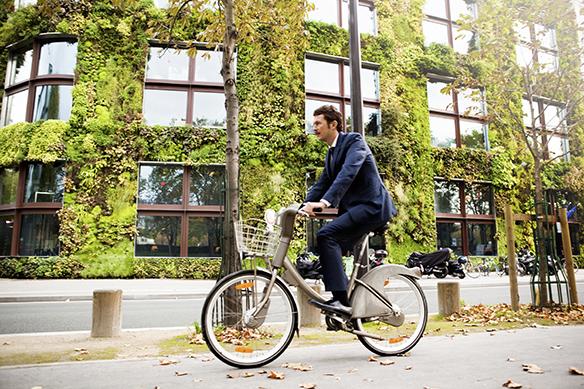
The streets were quiet. All she could hear was the occasional hum of the light rail and the subway system, and the occasional electric delivery van. She marvelled at how, 20 years ago, so much space had been dedicated to vehicles. “We need all this green now,” she thought. Heat waves, extreme storms and cyclones were now more frequent – Brisbane today was like the Cairns of 20 years ago. When she had been a child, there had been real winters; now you needed the greenery and shade all year round.
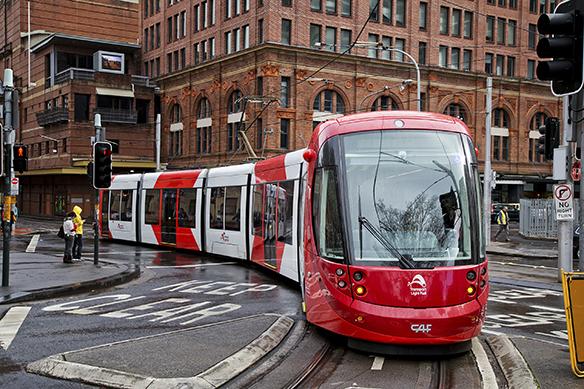
She used the sleek vacuum toilet, with low (<1 litre) flush and built-in urine diversion, and stepped into the ultra-efficient shower. It used rainwater which had been collected and treated on site. The used water from the shower flowed to the treatment system at the base of the building, where the heat was recovered and the water was treated and then stored in a holding tank, with the latest sensors to check all water quality parameters before it entered a multi-precinct system.
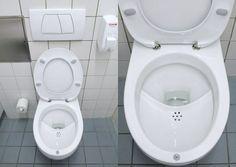
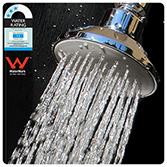
After breakfast, Mai stacked the dishes in the dishwasher and put her food scraps in the vacuum outlet on the kitchen bench. She pressed a button and with a faint whoosh it was taken away and combined with the vacuum toilet waste in an anaerobic codigestion system in the basement, which digested carbon-rich material from all the buildings in the precinct. The residuals were used for nutrient rich soil conditioner for the highly efficient vertical pocket gardens in the city. The biogas generated from the system supplied the network with gas for cooking. This helped her building and the others in the precinct to be net carbon positive.


As she walked downstairs, Mai dropped a bag of laundry down a chute. She had a small mini efficient washing machine in her apartment, but today she had a big load of laundry, so she had decided to use the laundry service in the basement which had machines (based on the same principles as the Xeros machine) that used a fraction of the water, energy and detergents of 2016. She would pick her clothes up on the way home. As she walked across the foyer on the ground floor, she told her super Siri app to set her dishwasher (< 5 litres per wash) to start during non-peak water and energy usage times. “You are one of the only things that hasn’t changed” she told Siri as she checked her remote smart meter for data on the water, hot water and energy she had used the day before. She also looked at the current price for each service, and felt very pleased with herself when she saw that she had used less power and water than her friends in her energy and water users’ club.
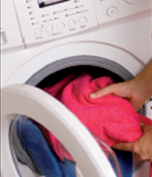
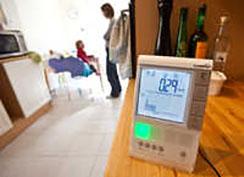
Outside, Mai walked through an urban forest, smiling at the kids who were playing hide and seek among the trees. She knew that the forest was watered remotely with treated recycled water, using precision engineering based on local soil and surface moisture sensors connected to the LoRaWAN. As Mai caught the light rail and then walked to her office, she reflected on how she had benefitted from the advances made in the water industry over the last decade, and the new form of teaching at university that had enabled her to think differently and make best use of the digital era.
Mai’s office building incorporated all the latest technology and was net carbon and water positive. She remembered that two years ago, she had worked at the local water utility, and one of her tasks had been to optimise the water system in one of the sectors of the city. This was now a relatively easy task due to the fleet of smart meters that had been installed. They enabled her to understand with a swipe of the computer screen the potable rainwater, hot water and recycled water usage for individual homes and office buildings from an end use perspective for any minute of the day. Each day her smart metering system let her know if the water usage profile in a particular large building was outside anticipated parameters and needed checking. With sensors strategically placed within the building, a leak could be found and, working with the building manager, a repair could be completed within hours.
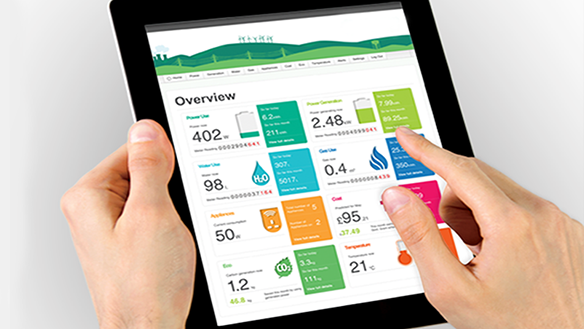
Another task she had been assigned at the water utility was to check for any pending constraints in the water and wastewater system, and design ways to relieve those constraints. Using a knowledge database, she had been able to check the age and characteristics of the existing buildings in the vicinity of the constraint, and any planned developments. Having this information at her fingertips, she had been able to design a tailor-made efficiency program which considered potential business cases and symbiotic opportunities with the waste and energy systems, including potential assistance from third party utility suppliers.
Much of the technology identified in this story already exists, and some individuals may already experience parts of the reality portrayed.
Yet, to make it mainstream and to advance further in the water industry over the next 20 to 30 years, it will be essential to take active steps to envisage and create the desired future.
ISF’s report Urban Water Futures: Trends and Potential Disruptions prepared for the Water Services Association of Australia (WSAA) sets out some of these steps.
